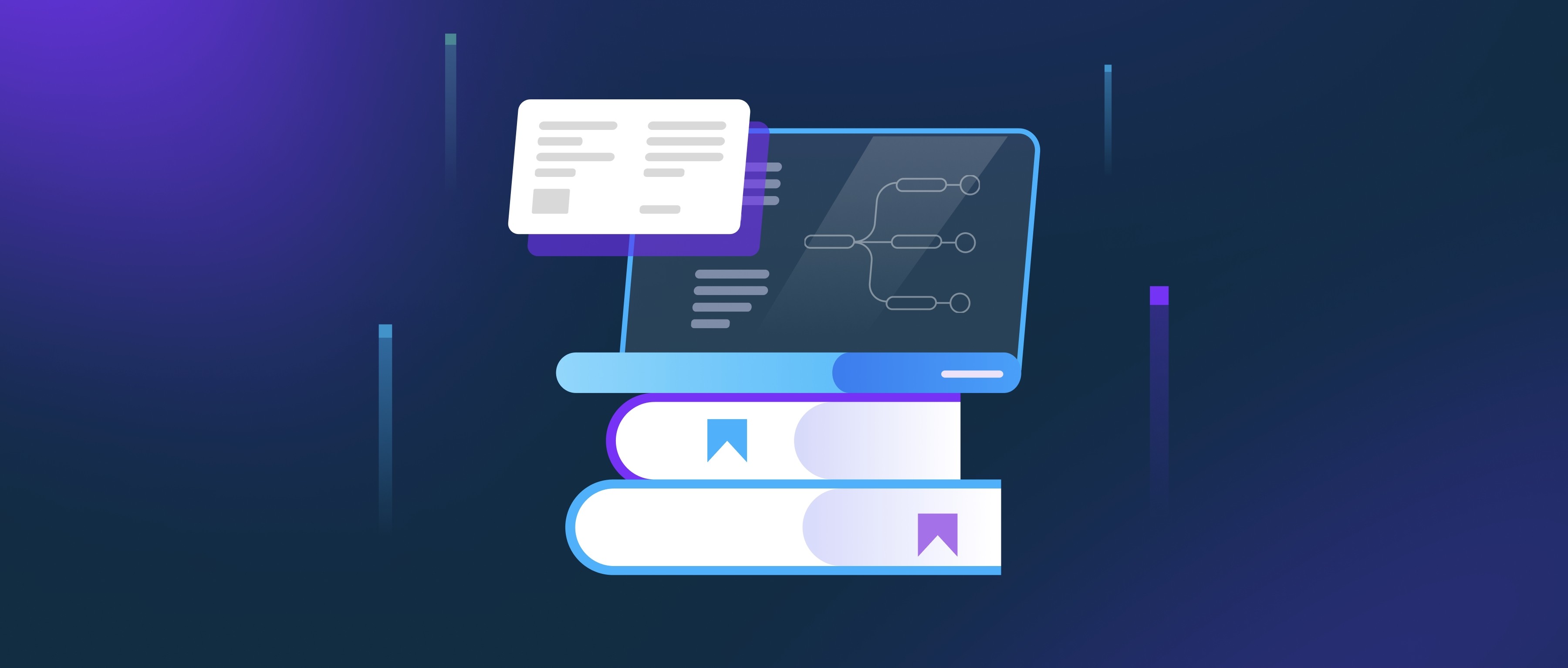DeepResearch mimics human in-depth research by automating tasks like data collection, analysis, and pattern recognition. For example, it aggregates information from diverse sources—such as academic papers, news articles, or datasets—much like a human researcher would compile references. Using natural language processing (NLP), it extracts key points and summarizes content, mirroring how a human might take notes or highlight important details. It also identifies trends or correlations in data through machine learning models, similar to how a researcher might spot recurring themes. For instance, DeepResearch could analyze thousands of clinical trial reports to surface common outcomes, paralleling a human’s ability to synthesize findings across studies. However, it operates at a vastly larger scale, processing terabytes of data in minutes—a task impractical for humans.
The key differences lie in contextual understanding, adaptability, and limitations. While humans interpret nuance, sarcasm, or cultural context, DeepResearch relies on predefined algorithms and training data, which can lead to gaps in handling ambiguity. For example, an AI might misinterpret a satirical article as factual without contextual cues. Humans also adjust their research approach dynamically—pursuing unexpected leads or refining hypotheses—whereas DeepResearch follows programmed workflows unless explicitly retrained. Additionally, humans apply ethical judgment, such as excluding biased sources, while AI might inadvertently propagate biases present in its training data. For instance, a human might recognize a conflict of interest in a pharmaceutical study, but DeepResearch could miss this unless specifically trained to detect it.
A practical example is literature review: DeepResearch can swiftly scan thousands of papers but might overlook a niche study’s relevance, whereas a human researcher might recognize its significance. Similarly, in financial analysis, AI can flag market trends but lacks the intuition to interpret qualitative factors like investor sentiment. Humans also handle incomplete data by making educated guesses, while AI often requires structured inputs. These differences highlight complementary roles—AI excels at speed and scale, while humans provide critical thinking and adaptability, making them most effective when used together.
